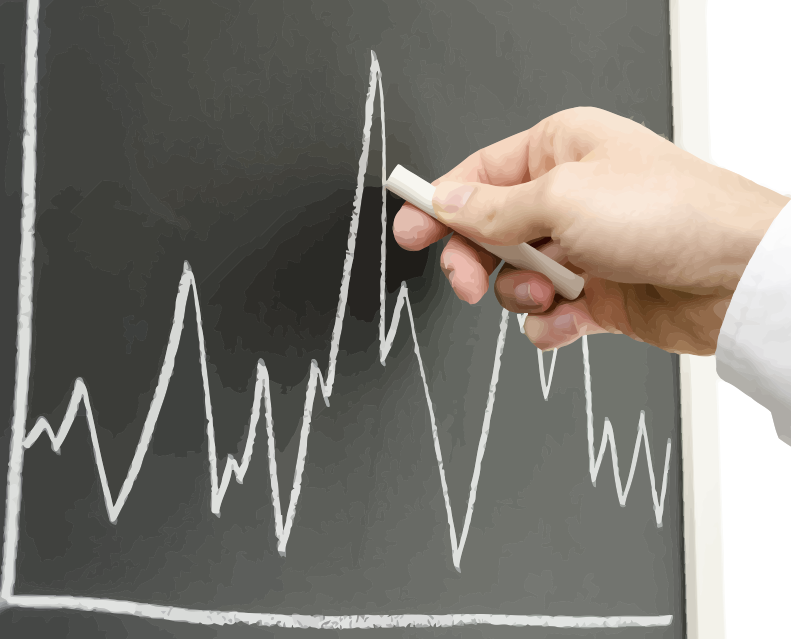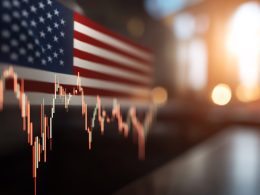by Steven Visscher, Mawer Investment Management
Samsung sells three televisions every second.
This statistic was shared by Samsung President BK Yoon at the Samsung EU Forum in 2013. Upon reading this I reached for my calculator…three televisions per second…equals 180 per minute…over 10,000 per hour…259,000 per day…and almost 95 million per year! Even if these numbers weren’t solely for television sets and included products like elevator monitors or other viewing panels, they’re still staggering figures.
As I stared at all those zeroes, two thoughts came to mind.
First, the world is enormous!
Second, think of the competitive advantages that Samsung’s scale affords. For example, imagine that you were launching your own electronics business to rival Samsung. How would you build a global distribution network to transport your products around the world? What concessions would you have to make in order to persuade retailers like Walmart, Best Buy, and Costco to feature your upstart products on the shelves next to Samsung? Could you replicate the same pricing power that Samsung has negotiated with its suppliers? How do you build global brand recognition? BK Yoon also noted at the Forum that Samsung’s investment in Research & Development is typically around $9 billion per year. How soon before that $9 Billion investment yields new innovations or new efficiencies for Samsung? You can’t match this without significant scale.
Does having scale mean market leaders like Samsung can’t fail? Of course not. Success also depends on assembling a management team that recognizes scale as a competitive advantage, and then executes a business strategy to exploit this advantage while ensuring its longevity. We will continue to watch Samsung’s management team carefully to ensure they protect this advantage.
Steven Visscher
Authors Note: It will take the average reader about 90 seconds to read this blog. So somewhere in the world, Samsung just sold another 270 televisions.
Copyright © Mawer Investment Management
















